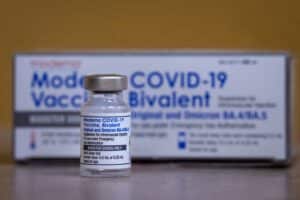 Last Wednesday, the Food and Drug Administration expanded eligibility for updated COVID-19 booster shots to include children as young as five. Prior to this announcement, the revised Pfizer vaccine was restricted to those 12 and older and the Moderna vaccine was restricted to those 18 and older.1
Last Wednesday, the Food and Drug Administration expanded eligibility for updated COVID-19 booster shots to include children as young as five. Prior to this announcement, the revised Pfizer vaccine was restricted to those 12 and older and the Moderna vaccine was restricted to those 18 and older.1
These updated booster shots address the BA.4 and BA.5 subvariants of the omicron variant that first appeared in November 2021. They also address the original strain of the COVID-19 virus and have been shown to be highly effective in combating the worst effects of the virus. While widespread vaccination continues to be a critical element in White House efforts to combat the pandemic, many Americans young and old have not received all of the booster shots recommended to them.
The updated booster shots have had a slow uptake nationally among both adults and children, proving to be a significant challenge to the pandemic strategy of President Joe Biden’s administration. The administration continues to grapple with dwindling public interest and shrinking funding for the pandemic and COVID-19 booster shot response.
While the initial vaccines were highly sought after and widely distributed, successive boosters have received significantly less public interest. Of the 226 million Americans who completed the initial round of vaccination, only about half received at least one booster shot. Since the updated booster shots were authorized in August, only around 13 million Americans have received them.2 This may be in large part because Americans are unaware of the existence of this revised booster. According to one survey, half of adults said they had heard little or nothing about the new booster shots.3
Many families are particularly hesitant to vaccinate their children against COVID-19. According to the Centers for Disease Control and Prevention, only about a third of children aged 5-11 have received an initial round of vaccination.4 Within that group, only about 16 percent of children received the original booster shot, which became available to them in May.5 Public health officials are working to increase this number and to encourage parents to vaccinate their children with the revised booster.
The Biden administration has prioritized vaccination amidst its struggle to secure funding for the continued fight against COVID-19. This summer, the administration requested that Congress allocate billions of dollars to pay for more vaccines, testing, therapeutics, and research to combat future variants.6
In March, House Democrats dropped a COVID-19 aid package from a broader spending package to fund the government after some in their caucus disagreed with plans to pay for it by redirecting money set aside for some state governments to address their pandemic needs as part of the American Rescue Plan. A few weeks later, a smaller bipartisan deal came together in the Senate, but it ultimately collapsed when Republicans insisted the chamber vote on keeping pandemic border restrictions in place.7
To date, Congress has been unable to pass a new pandemic relief package. White House officials instead decided to repurpose federal COVID-19 funds meant for tests and protective equipment in order to supply more vaccines and antiviral pills.8 Around $10 billion in funds from the Department of Health and Human Services was rerouted, and about half of it was used to purchase vaccines for Americans ahead of a possible winter wave of virus cases. These reallocated funds were used to buy over 170 million doses of COVID-19 vaccine—enough to vaccinate most of the roughly 225 million Americans who have had an initial round of vaccination.9 Despite the Biden administration pouring resources into vaccination efforts, the updated COVID-19 booster shot response by Americans will of rolling up their sleeves remains to be seen.
Discussion Questions
- What are some additional reasons that Americans who received the initial COVID-19 vaccine might not be getting the booster and updated booster shots?
- Given the low fatality rates among children, should the federal government prioritize efforts to get children vaccinated and boosted? If not, which groups should it prioritize and why?
- Do you support increased spending on vaccination efforts? Why or why not?
As always, we encourage you to join the discussion with your comments or questions below.
Sources
Featured Image Credit: Sarah ReingeWirtz/Medianews Group/ Los Angeles Daily News Via Getty Images
[1] Center for Disease Control and Prevention: https://www.cdc.gov/media/releases/2022/s1012-COVID-19-Vaccines.html
[2] New York Times: https://www.nytimes.com/2022/10/15/us/politics/covid-booster-shots.html
[3] New York Times: https://www.nytimes.com/2022/09/30/health/omicron-booster-covid.html
[4] American Academy of Pediatrics: https://www.aap.org/en/pages/2019-novel-coronavirus-covid-19-infections/children-and-covid-19-vaccination-trends
[5] New York Times: https://www.nytimes.com/2022/10/12/us/politics/covid-booster-shots-kids.html
[6] CBS News: https://www.cbsnews.com/news/covid-vaccines-updated-boosters-new-ad-campaign-biden-administration/
[7] Washington Post: https://www.washingtonpost.com/politics/2022/09/20/gop-balks-covid-funding-after-biden-declares-pandemic-is-over/
[8] New York Times: https://www.nytimes.com/2022/06/08/us/politics/vaccines-white-house-funding.html
[9] New York Times: https://www.nytimes.com/2022/10/15/us/politics/covid-booster-shots.html
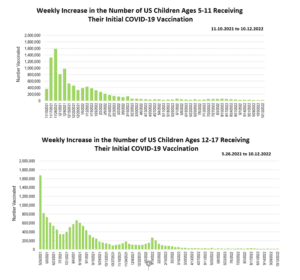
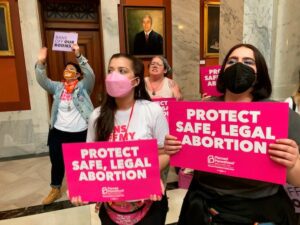 On October 6, three Jewish women filed a lawsuit against the state of Kentucky claiming that the state’s current abortion restrictions are vague and violate their religious freedom.1 Kentucky’s state legislature passed a series of bills in 2019 that banned abortion from fertilization, only allowing for abortion if the mother’s life is in danger. There are no exceptions for rape or incest.2
On October 6, three Jewish women filed a lawsuit against the state of Kentucky claiming that the state’s current abortion restrictions are vague and violate their religious freedom.1 Kentucky’s state legislature passed a series of bills in 2019 that banned abortion from fertilization, only allowing for abortion if the mother’s life is in danger. There are no exceptions for rape or incest.2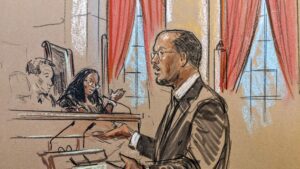 On October 4, the Supreme Court heard oral argument in the case of Merrill v. Milligan. In that case, the Court is considering whether the Voting Rights Act of 1965 should apply to Alabama’s recent congressional redistricting. One section of the Voting Rights Act requires that states provide minority voters with “an equal opportunity to participate in the political process.”1
On October 4, the Supreme Court heard oral argument in the case of Merrill v. Milligan. In that case, the Court is considering whether the Voting Rights Act of 1965 should apply to Alabama’s recent congressional redistricting. One section of the Voting Rights Act requires that states provide minority voters with “an equal opportunity to participate in the political process.”1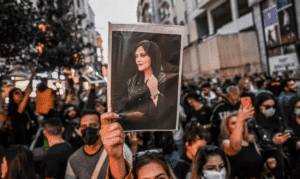 In recent days, Iran has been gripped by a series of mass protests that have gained international attention. The protests, largely led by women, are somewhat unprecedented. While both protest and women’s participation in protests in Iran are not new, the protests of the past two weeks are remarkable as the first of such scale specifically directed by Iranian women and centered on women’s civil rights in the country.1
In recent days, Iran has been gripped by a series of mass protests that have gained international attention. The protests, largely led by women, are somewhat unprecedented. While both protest and women’s participation in protests in Iran are not new, the protests of the past two weeks are remarkable as the first of such scale specifically directed by Iranian women and centered on women’s civil rights in the country.1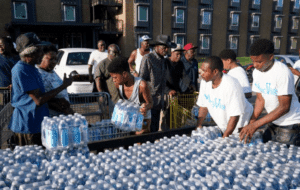 On August 29, 2022, Mississippi Governor Tate Reeves declared a state of emergency for Jackson, the state capital, which was in the midst of an ongoing water crisis.1 Heavy rainfall caused the Pearl River and Ross Barnett Reservoir to flood, which in turn overwhelmed two water treatment plants that were already strained.2 Low water pressure and contamination left the city of 150,000 people—the largest in the state—without safe, reliable running water.3
On August 29, 2022, Mississippi Governor Tate Reeves declared a state of emergency for Jackson, the state capital, which was in the midst of an ongoing water crisis.1 Heavy rainfall caused the Pearl River and Ross Barnett Reservoir to flood, which in turn overwhelmed two water treatment plants that were already strained.2 Low water pressure and contamination left the city of 150,000 people—the largest in the state—without safe, reliable running water.3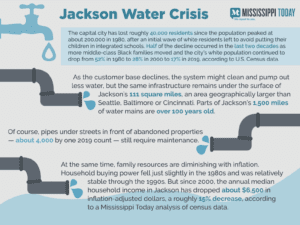
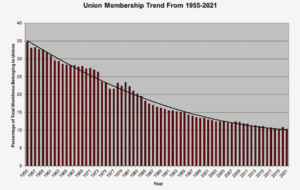
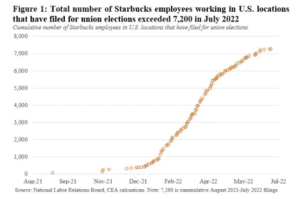
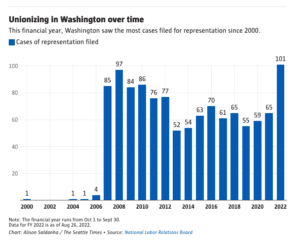

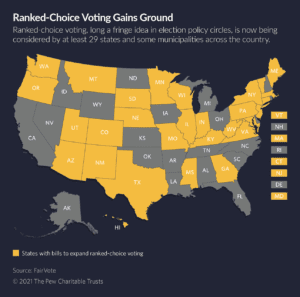
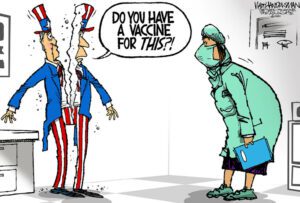 We do not have to look far to find evidence of strong partisan hostility in the United States. People are ending long-term friendships, or even cutting off communication with family, over political discord.
We do not have to look far to find evidence of strong partisan hostility in the United States. People are ending long-term friendships, or even cutting off communication with family, over political discord.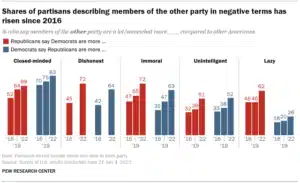
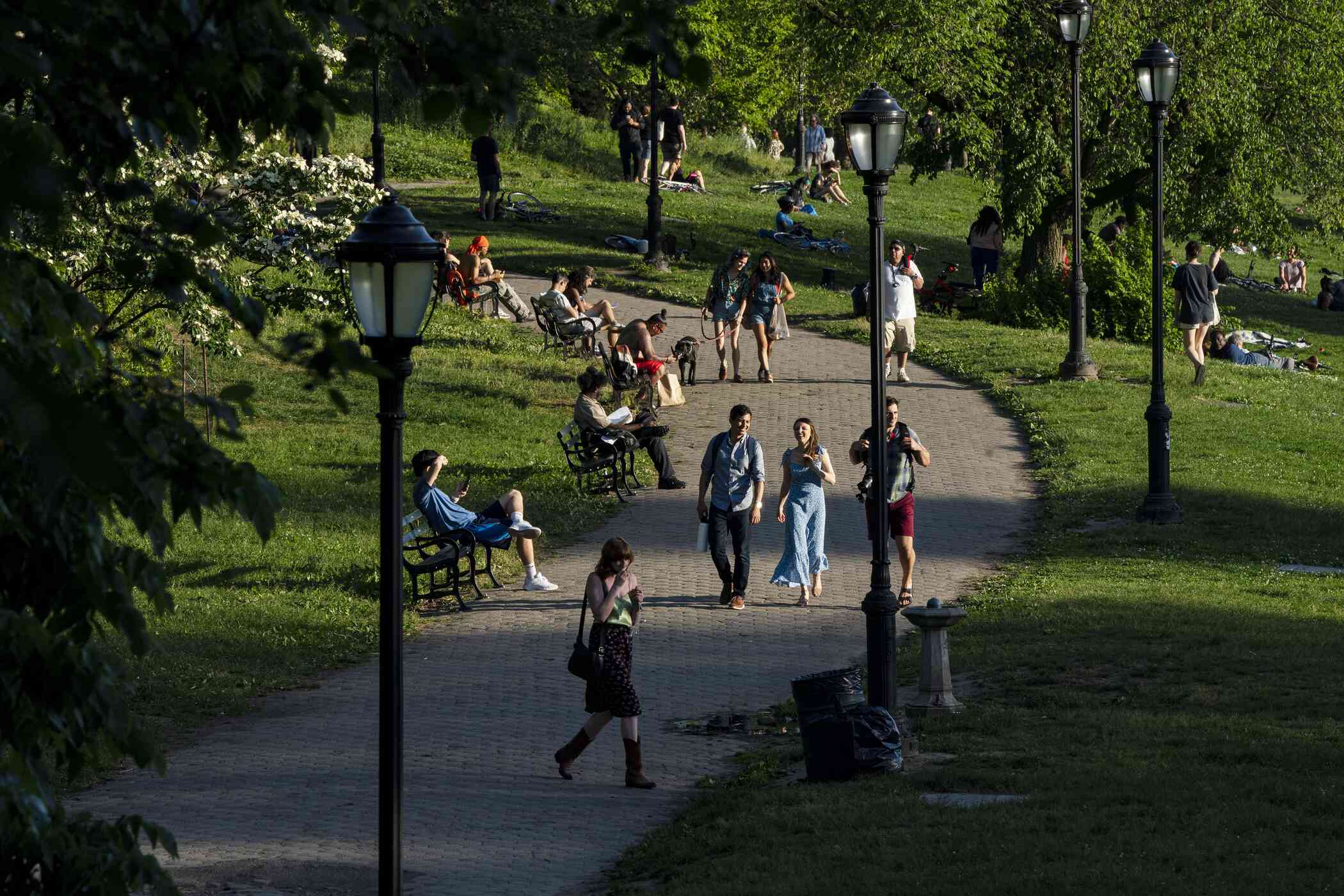 In an interactive photo essay for the
In an interactive photo essay for the 






